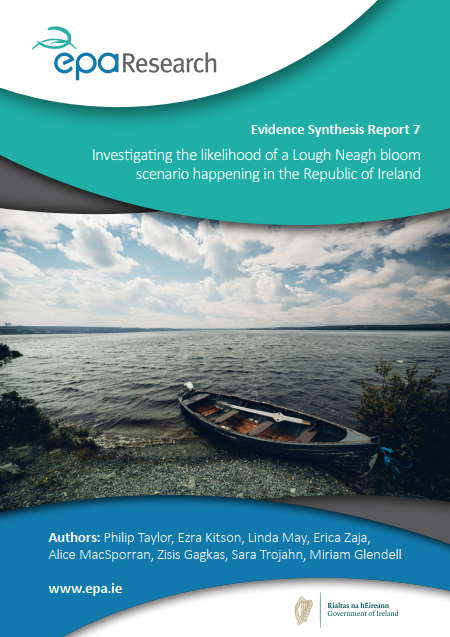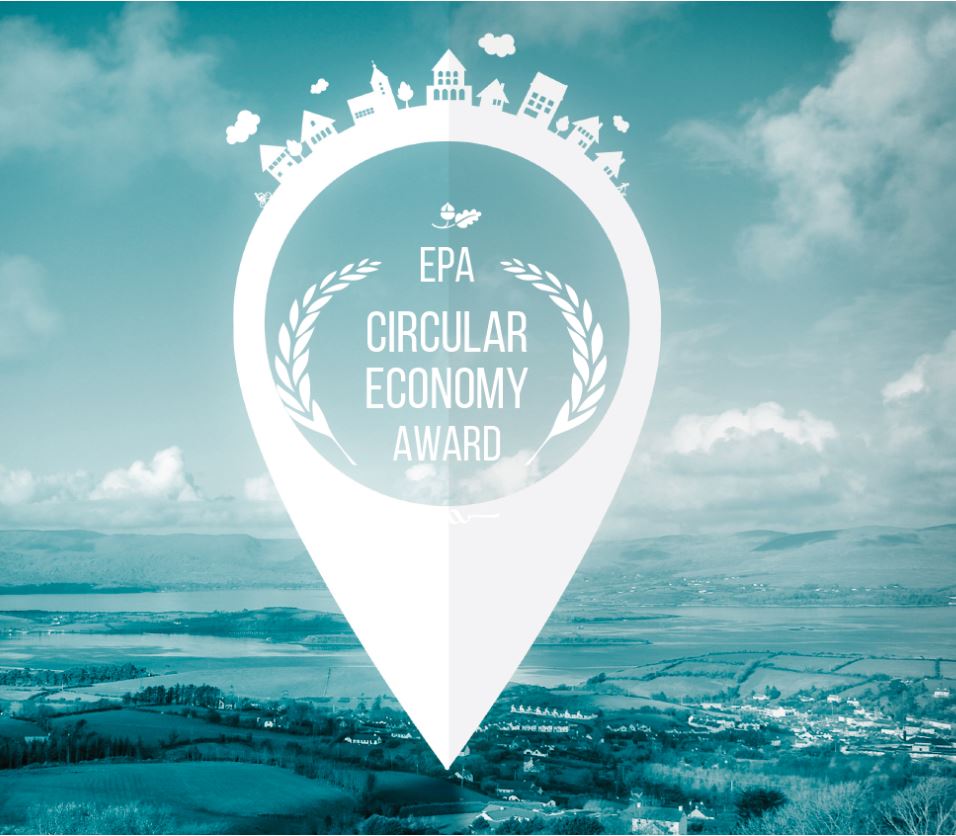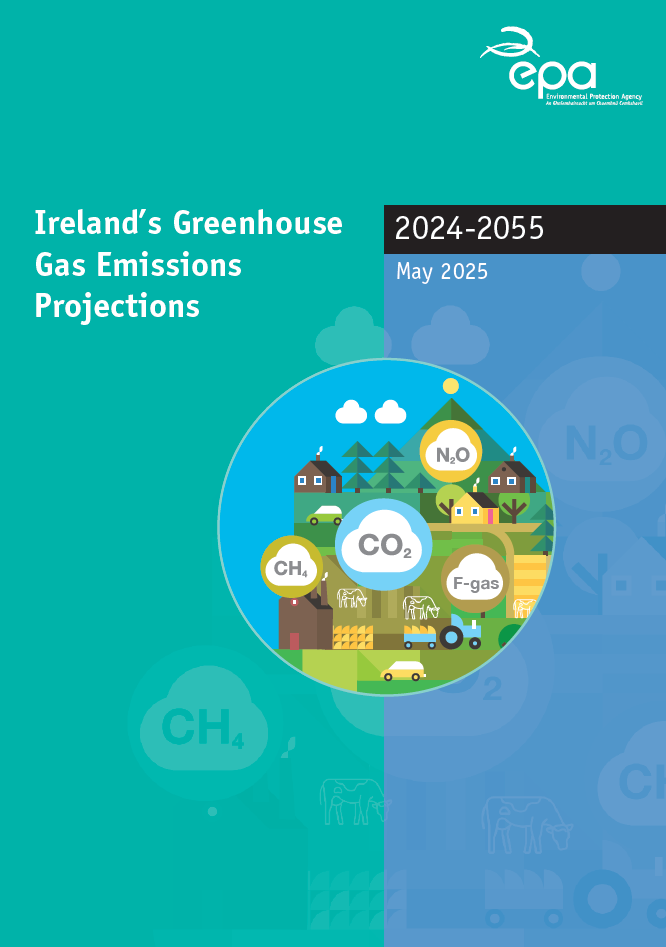Latest Publications

Leitrim County Council Audit report 20/03/2025
Year: 2025
Leitrim County Council Audit report 20/03/2025
Oifigeach Cláir III (Leibhéal 5) Airgeadas - Párolla
Uimhir phoist: 000524, June 2025
Year: 2025
Comhlíonfaidh an t-iarrthóir rathúil ról Oifigeach Cláir III (Leibhéal 5) agus sannfar é/í chuig rannóg párolla an Aonaid Airgeadais in Oifig na gCumarsáid agus na Seirbhísí Corparáideacha.
Programme Officer III (Level 5) Finance - Payroll
Post Number: 000524, June 2025
Year: 2025
The successful candidate will fulfil the role of Programme Officer III (Level 5) and will be assigned to the payroll section of the Finance Unit in the Office of Communications and Corporate Services.

Evidence Synthesis Report 7: Investigating the Likelihood of a Lough Neagh Bloom Scenario Happening in Ireland
Authors: Philip Taylor, Ezra Kitson, Linda May, Erica Zaja, Alice MacSporran, Zisis Gagkas, Sara Trojahn and Miriam Glendell , June 2025
Year: 2025
This study, conducted by the UK Centre for Ecology & Hydrology and the James Hutton Institute, reviewed the factors that contributed to the harmful algal bloom (HAB) event in Lough Neagh.

Hydrology Summary Bulletin - May 2025
Hydrology bulletin on rainfall, river flows, lake levels, groundwater levels and spring outflows for May 2025, June 2025
Year: 2025
Hydrology Summary Bulletin outlining the flows in rivers, rainfall, lake and turlough levels, groundwater levels and spring outflows of over 300 stations across Ireland for the month.

A Summary of key EPA Authorisation Statistics in Infographic Format
A summary of licensing and authorisation statistics for January to April 2025, June 2025
Year: 2025
EoW Criteria for Pulverised Fuel Ash ceasing to be a waste under Regulation 28 of the European Union (Waste Directive) Regulations 2011 – 2020
Pulverised Fuel Ash ceasing to be Waste, June 2025
Year: 2025

Quarterly Greenhouse Gas Emissions Indicator Report 2024 Quarter 4
Year: 2025
This is the fourth EPA report in a new series of quarterly greenhouse gas emissions for Ireland to support more frequent monitoring of national and sectoral progress on climate action. The series will complement the national greenhouse gas inventory and projections prepared annually by the EPA. Emissions in quarter 4 2024 were up by 2.5 per cent on the same quarter last year. This was mainly driven by increased emissions from electricity generation (+11.3 per cent), and agriculture (+3.8 per cent). It should be noted that these data have been seasonally adjusted to provide a clearer picture of the underlying trends independent of seasonal fluctuations.

Quarterly Greenhouse Gas Emissions Indicator Report 2024 Quarter 3
Year: 2025
This is the third EPA report in a new series of quarterly greenhouse gas emissions for Ireland to support more frequent monitoring of national and sectoral progress on climate action. The series will complement the national greenhouse gas inventory and projections prepared annually by the EPA. Emissions in quarter 3 2024 increased by +0.5% (+60 kt CO₂ eq) compared to quarter 3 2023, driven mainly by increases in the Buildings (+162 kt CO₂ eq) sector (due to increased heating demand from cooler weather) and Agriculture (+99 kt CO₂ eq) sector (due to increased fertiliser use).

EPA Circular Economy Tidy Towns Award 2025 - Entry Form
Year: 2025
Entry form to the Tidy Towns EPA Circular Economy award
IE-GHG-ETS2020-01 - PF Wholesale Limited
Year: 2025

National Climate Change Risk Assessment Main Report
Year: 2025
Ireland’s first National Climate Change Risk Assessment (NCCRA) provides a comprehensive national overview of the potential risks and opportunities posed by climate change for Ireland. It will play a critical role in meeting national policy objectives and supporting sectoral and local authority climate adaptation planning processes. The NCCRA integrates scientific and technical knowledge with input from expert stakeholders, to identify, assess, and prioritise climate change risks to build a comprehensive understanding of risks.

National Climate Change Risk Assessment Summary for Policymakers
Year: 2025
Ireland’s first National Climate Change Risk Assessment (NCCRA) provides a comprehensive national overview of the potential risks and opportunities posed by climate change for Ireland. It will play a critical role in meeting national policy objectives and supporting sectoral and local authority climate adaptation planning processes. The NCCRA integrates scientific and technical knowledge with input from expert stakeholders, to identify, assess, and prioritise climate change risks to build a comprehensive understanding of risks.

National Climate Change Risk Assessment Technical Report
Year: 2025
Ireland’s first National Climate Change Risk Assessment (NCCRA) provides a comprehensive national overview of the potential risks and opportunities posed by climate change for Ireland. It will play a critical role in meeting national policy objectives and supporting sectoral and local authority climate adaptation planning processes. The NCCRA integrates scientific and technical knowledge with input from expert stakeholders, to identify, assess, and prioritise climate change risks to build a comprehensive understanding of risks.

Research 486: Proactive Optical Monitoring of Catchment Dissolved Organic Matter for Drinking Water Source Protection (PRODOM)
Authors: John Weatherill, Boris Droz, Elena Fernández-Pascual, Jean O’Dwyer, Emma Goslan, Connie O’Driscoll and Simon Harrison, May 2025
Year: 2025
In Ireland, approximately 82% of public water supplies originate from surface water catchments. This water requires disinfection with chlorine to inactivate pathogens and prevent the spread of waterborne disease. The presence of dissolved organic matter (DOM) in source waters can lead to the formation of potentially carcinogenic disinfection by-products (DBPs), such as trihalomethanes (THM4), of which Ireland has the highest number of reported exceedances in the EU in recent years. This research conducted detailed field and laboratory investigation in the River Lee catchment (Cork, Ireland), supported by predictive modelling using machine learning techniques, to gain more insights in the role of optically active DOM in DBP formation and forecasting. It highlights the value of UV-visible spectroscopy as a cost-effective and non-destructive technology suitable for proactive management of DOM in source water, with a high potential for aiding real-time process control at treatment plants.

Ireland's Greenhouse Gas Emissions Projections 2024-2055
Year: 2025
This report provides an assessment of Ireland’s total projected greenhouse gas emissions out to 2055 which includes an assessment of progress towards achieving its National ambitions under the Climate Action and Low Carbon Development (Amendment) Act 2021 and EU emission reduction targets for 2030 as set under the EU Effort Sharing Regulation (Regulation (EU) 2018/842).
Solid Fuel Producers Database (2024-2025)
Year: 2025
PFOA i gCúir Chomhraicthe Dóiteáin
Year: 2025